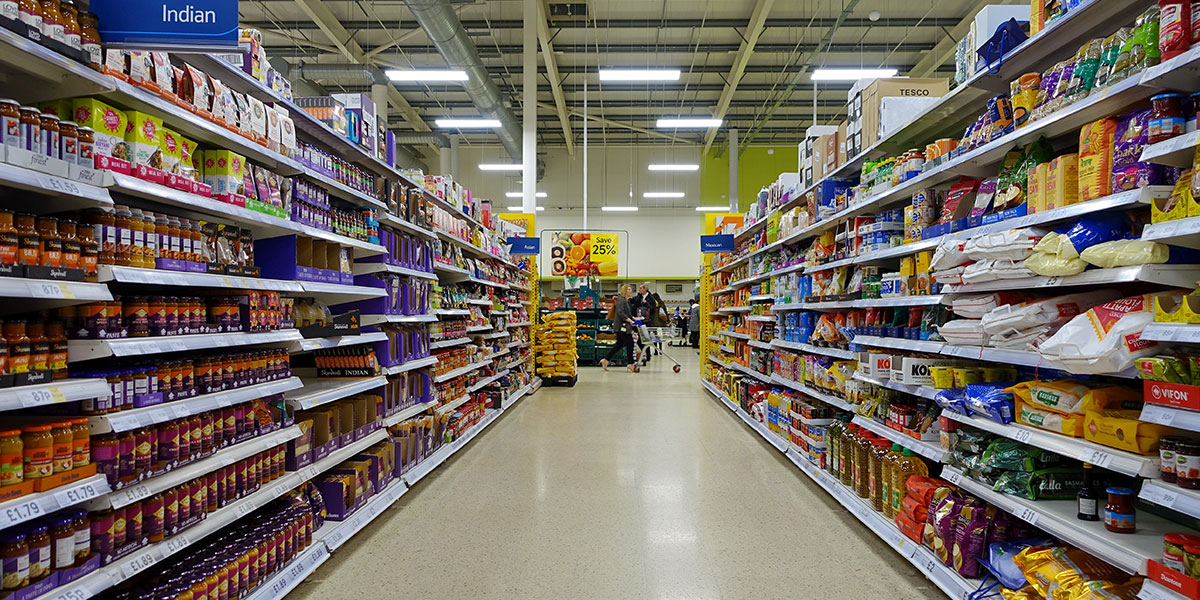The decade has gone when we used to work mostly with 2D designs. Now, in this modern era where everything is been built in 3D whether it’s cartoon & animation, product designs, presentations, simulations or even the rough idea being researched in R&D department of your firm, it’s essential to keep a software that can create accurate 3D models of real-life objects quickly. If you browse online, you’ll find numerous software that promise to achieve this goal but all of them are very demanding with regards to resource requirements, very complex and very expensive.
Even if you can overcome the resource requirements and money constraints, the complexity of these software makes the overall R&D department slow. And, when you have lots of real-life objects to render in 3D daily, and with each of them you need to follow the exact guideline to click the exact number of photos from exact angles, with proper light, exposure and taking other constraints in mind, it becomes very annoying to work with these 3D modeling software.

Creating 3D Models for measuring, scanning, testing or experimenting shouldn’t be so frustrating. All you need is a smarter software having better algorithms which demand fewer efforts, provide more flexibility and render objects quickly & accurately in 3D. Considering all these essential requirements, I can only suggest only one software – PhotoModeler, the excellent program for all your photogrammetry needs.
How PhotoModeler Works
Though under-the-hood, PhotoModeler processes complex algorithms to provide faster and accurate rendering of 3D objects, but by using front user interface, it allows a user to create any 3D model in just 4 simple steps.
Step 1: Take photos from different angles
The first and foremost task is to make photos of the subject from all those angles, parts you want to render in 3D. You don’t need to take pictures of the subject from every angle even if the bottom portion is not your field of interest or you’re not interested in the rear view of the car. Neither you need to make pics to perfectly align each other as the software is itself intelligent to do this but make sure to include every such details – you can overlap but don’t miss out.

Step 2: Load Images in PhotoModeler
Now, connect your camera or smartphone to the laptop where PhotoModeler is installed and load all the pictures you have made of your subject into the software. It is recommended to click all the pictures from one single device so that the resolution, exposure, and other settings can match perfectly.
Step 3: Choose Your Method
Depending on your need, there are 4 methods provided by this powerful 3D modeling software which include all your modeling, simulation & scanning requirements –
- Manual Marking: Match common features between photos to combine them smartly so as to make it appear that it is one large photo with ultra-high resolution.
- Coded Target Detection: Automatically mark coded targets to solve models quickly and easily. The method works with most of the simple 3D objects and saves a lot of time.
- Smartmatch / DSM: Uses overlapping photos to create dense point clouds which help in rendering the model better.
- Smartmatch / DSM: Uses multiple ariel photos to create dense point clouds and surfaces.

Step 4: Review & Export
In the above step, PhotoModeler will automatically perform all complex calculations and use your CPU processing power to provide accurate 3D modeling. The work of software is done. Now, review, visualize, analyze and measure the parameters of your rendered model. And, if you want to export, PhotoModeler provides a one-click export option to allow you to send the rendered model to your CAD software.
Wrapping it Up
The PhotoModeler team is optimizing the software’s algorithms for over 20 years now. The accurate and so much better results you get from this 3D modeling software though appears to come naturally by following the above-listed software, this accuracy is the result of years of research, development, and optimization of PhotoModeler.
Achieving such good results from any other software and this quickly is almost impossible which makes PhotoModeler an ideal choice to ensure high accuracy while maintaining high efficiency in your workflow if you have heavy rendering tasks and you need to process hundreds of photos & render thousands of points.
PhotoModeler comes in 3 versions: PhotoModeler Standard, PhotoModeler Scanner and PhotoModeler UAS. All of them are available with free demo versions to allow you to test the software against your need. Once you are totally satisfied, you can go with purchasing either a monthly subscription or permanent license of any version of PhotoModeler which suits your requirement.
So, go ahead, try PhotoModeler and see how efficiently it can handle your rendering needs.




